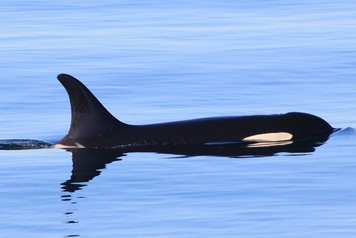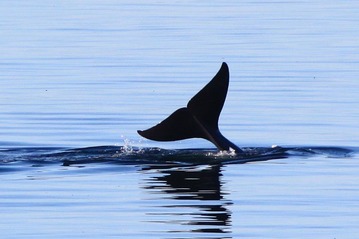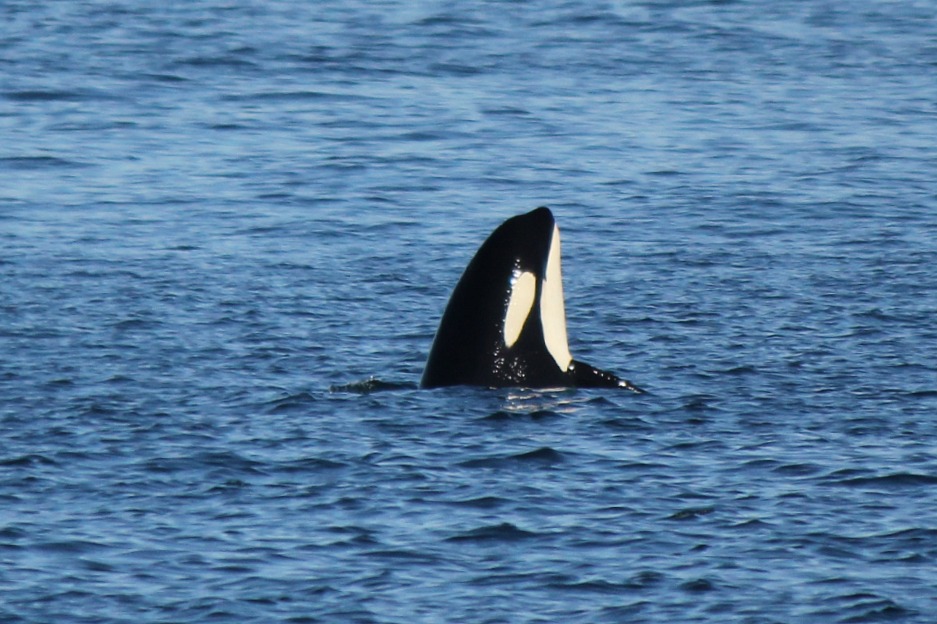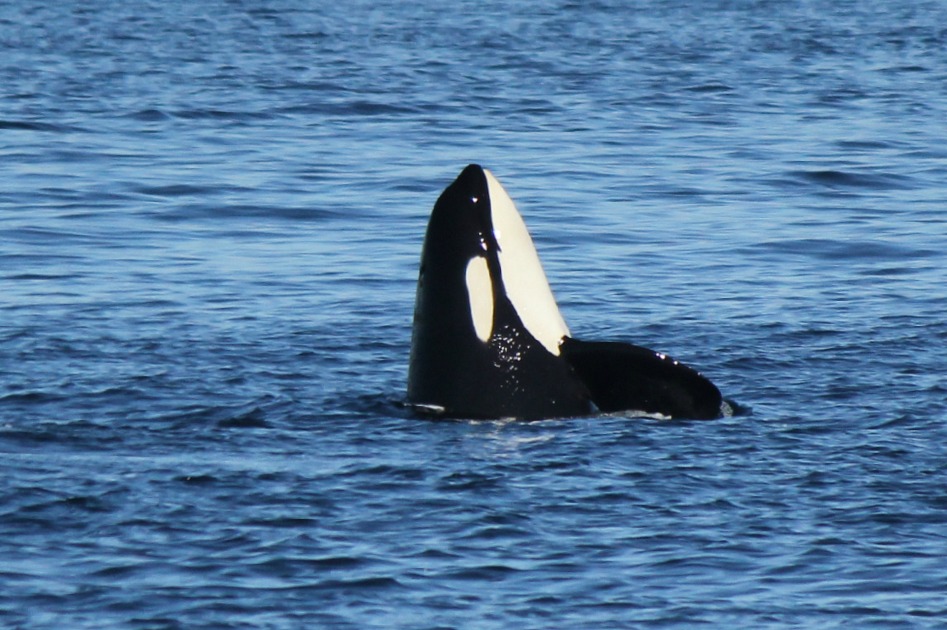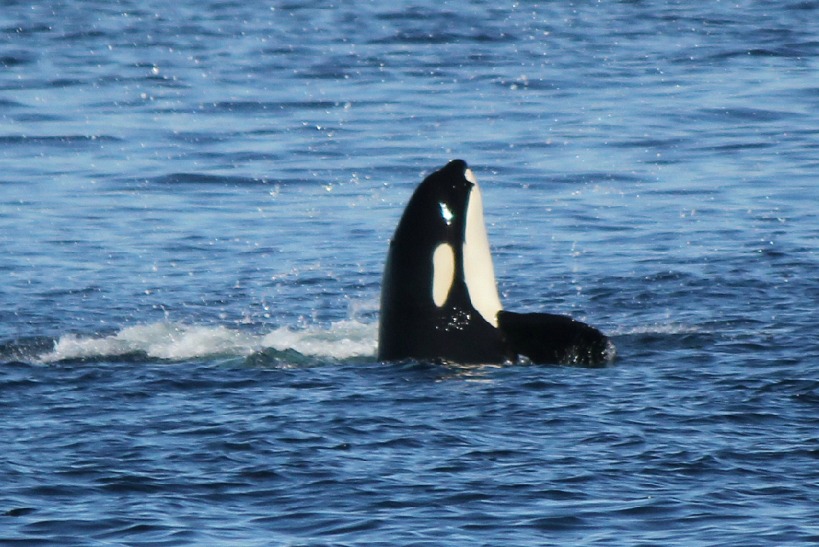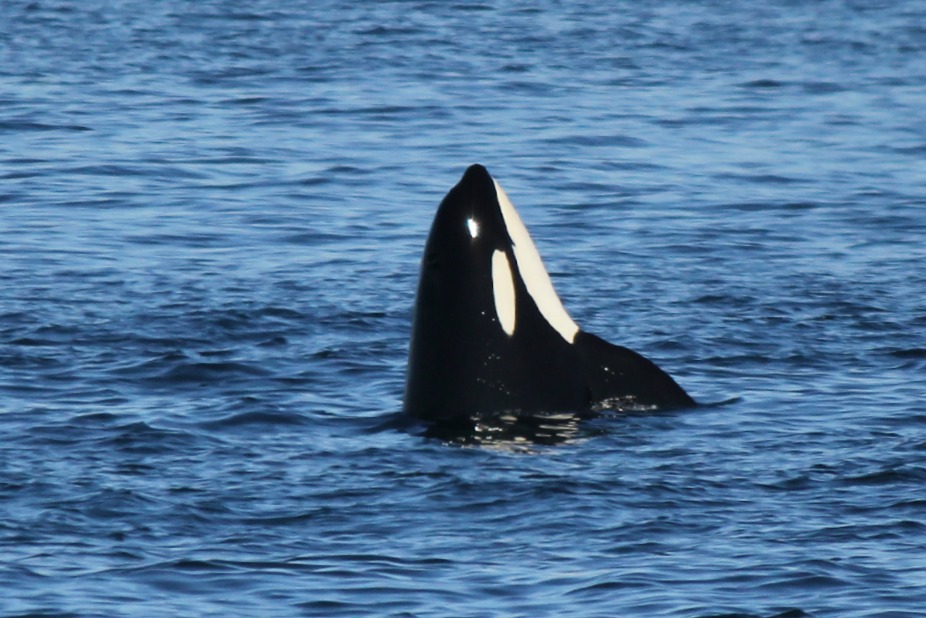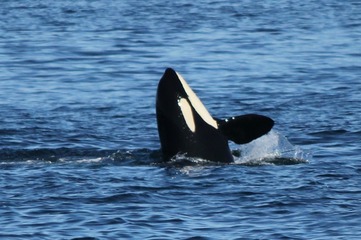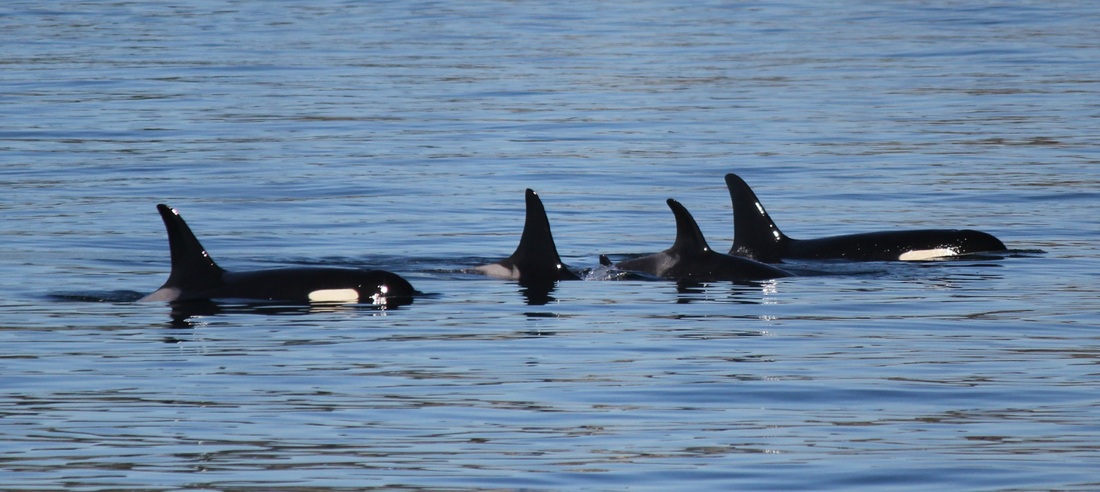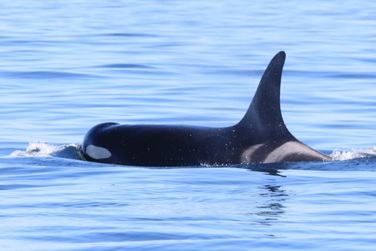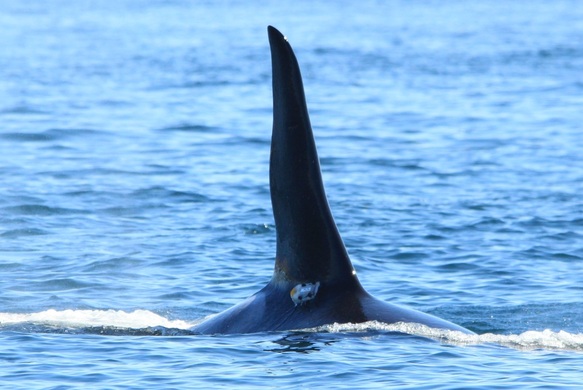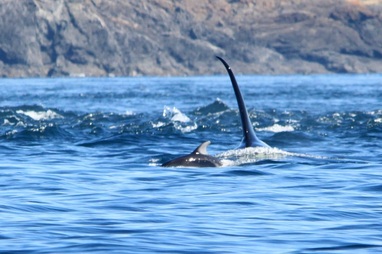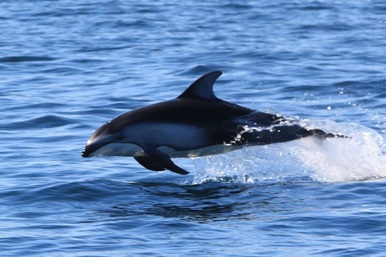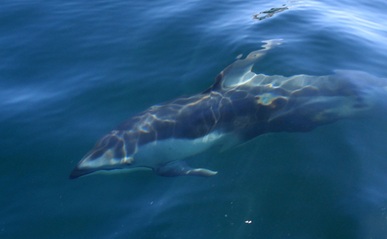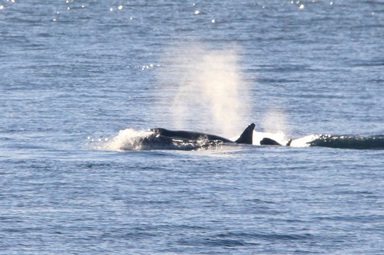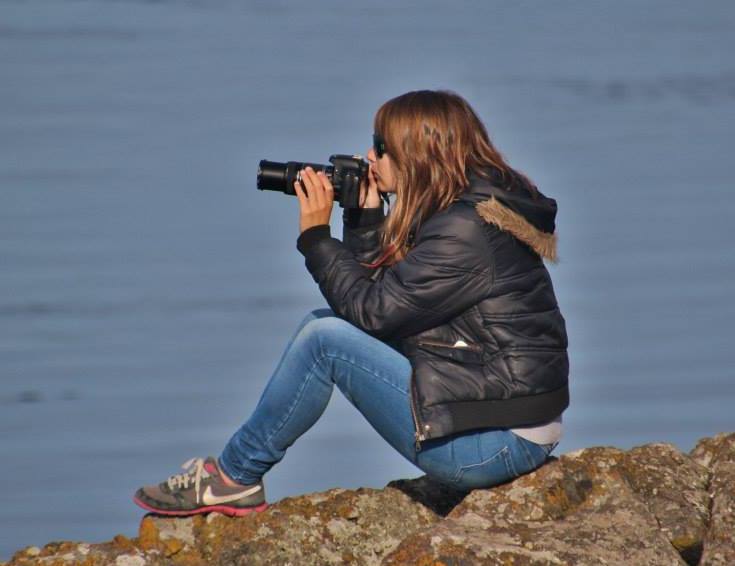It was a very upsetting for me to see the orcas so distressed by the presence of the NOAA vessel, which I have almost always seen when they are deploying the tags. These tags gather depths that the orcas are diving to and also have a hydrophone to gather boat noise and vocalizations. While this science is interesting, at this point in time, with so few Southern Residents, I think it would be better for the orcas if NOAA turned to improving their Recovery Plan so the orcas actually start recovering, making the Critical Habitat a little bit more than just a word, and finding a solution to the Chinook/King salmon situation at the Fraser River so these orcas actually have some food and stop miscarrying their calves due to low nutrition. Wouldn't it be great if these orcas could actually manage stay here all year long like they used to historically and be well fed the entire time? These are my thoughts. . .
The next morning, I headed out with some researcher friends of mine to explore the Strait of Juan De Fuca. As we headed back towards San Juan Island, we suddenly spotted Cappuccino K21 a few miles offshore of South Beach, which surprised me because I thought that the K16's and L's left the area the night before. Soon, members of L12's started popping up to the South of Cappuccino. First Mega L41 and Ocean Sun L25, then Solstice L89, Spirit L22, Matia L77, Joy L119, Calypso L94, Cousteau L113, and Mystery L85. I noticed that Cousteau didn't have her D-Tag on anymore but Solstice L89 had acquired one. With my 500 lens, I got a good shot of his tag.
Please don't use my photos without permission, just ask :)
